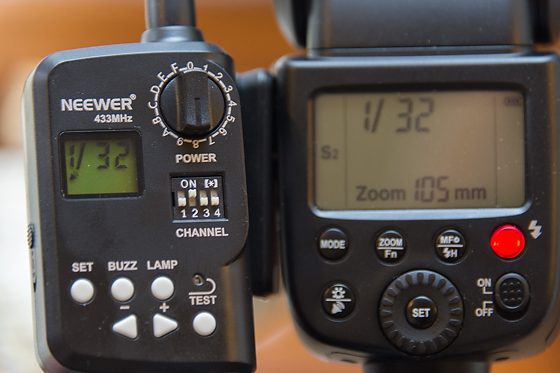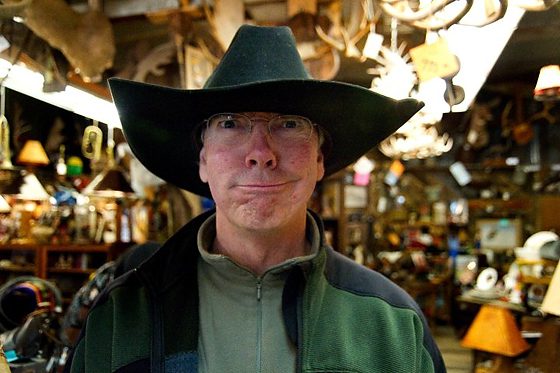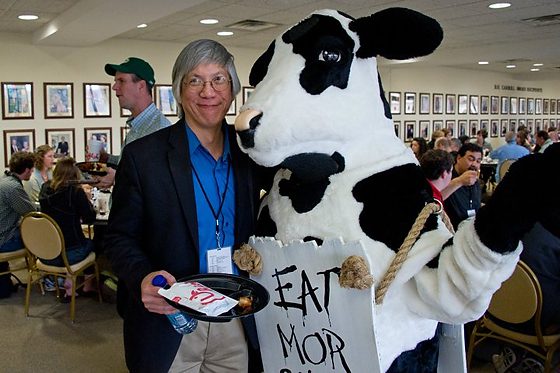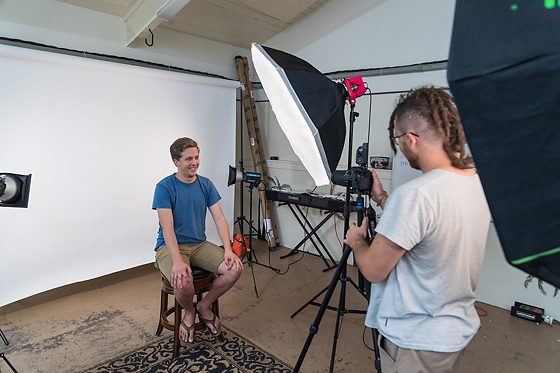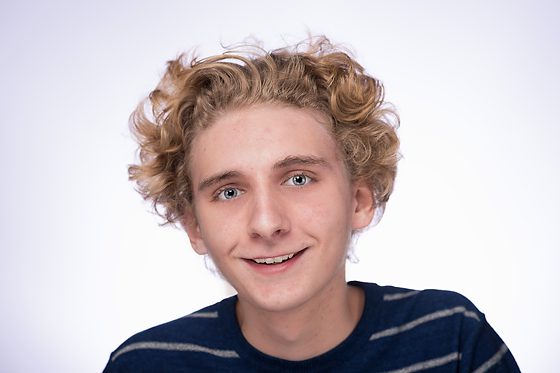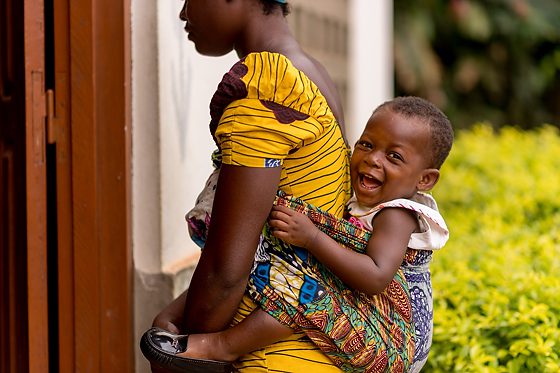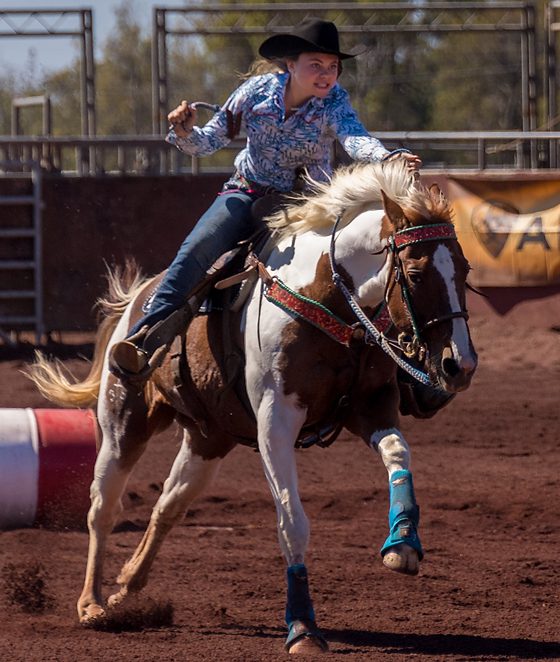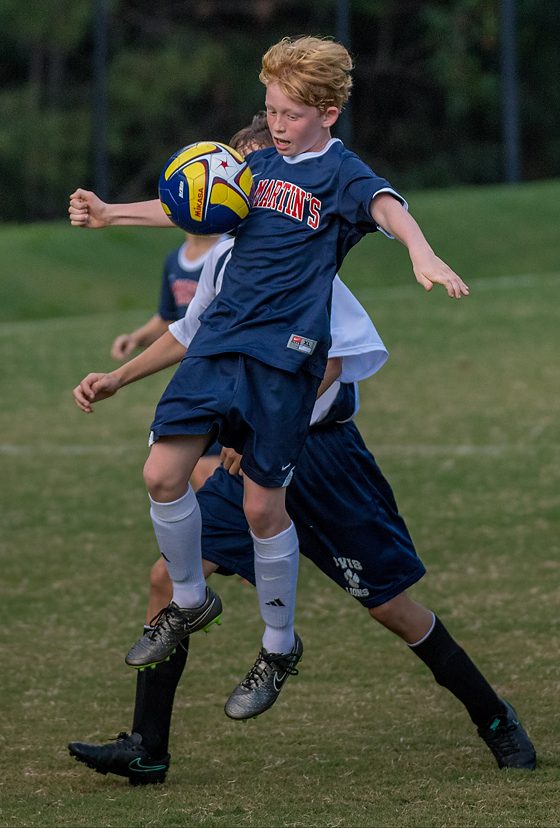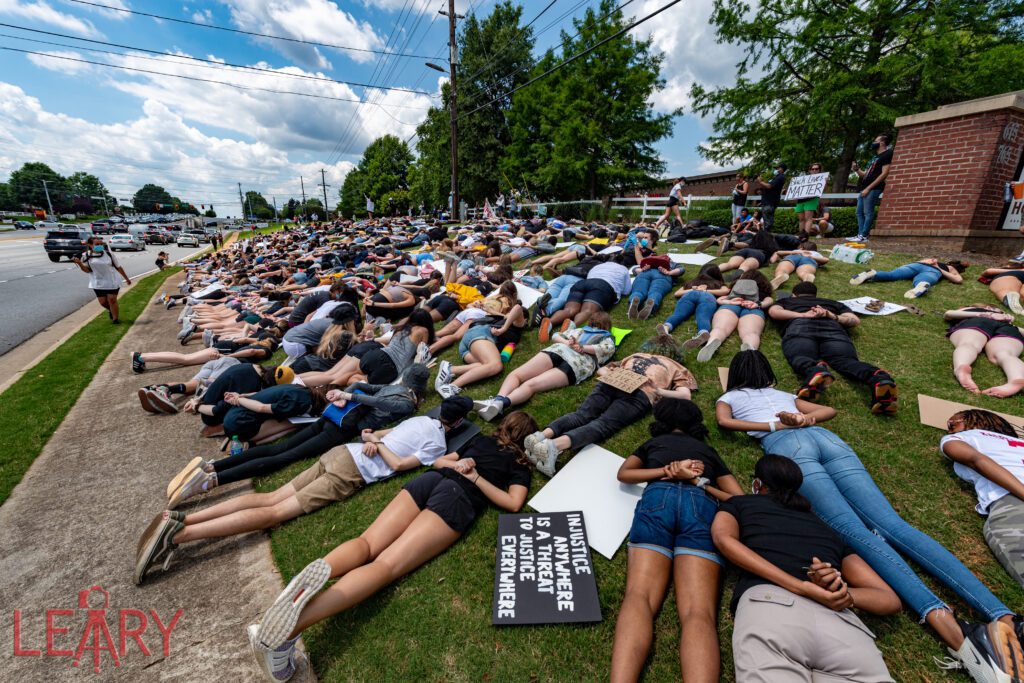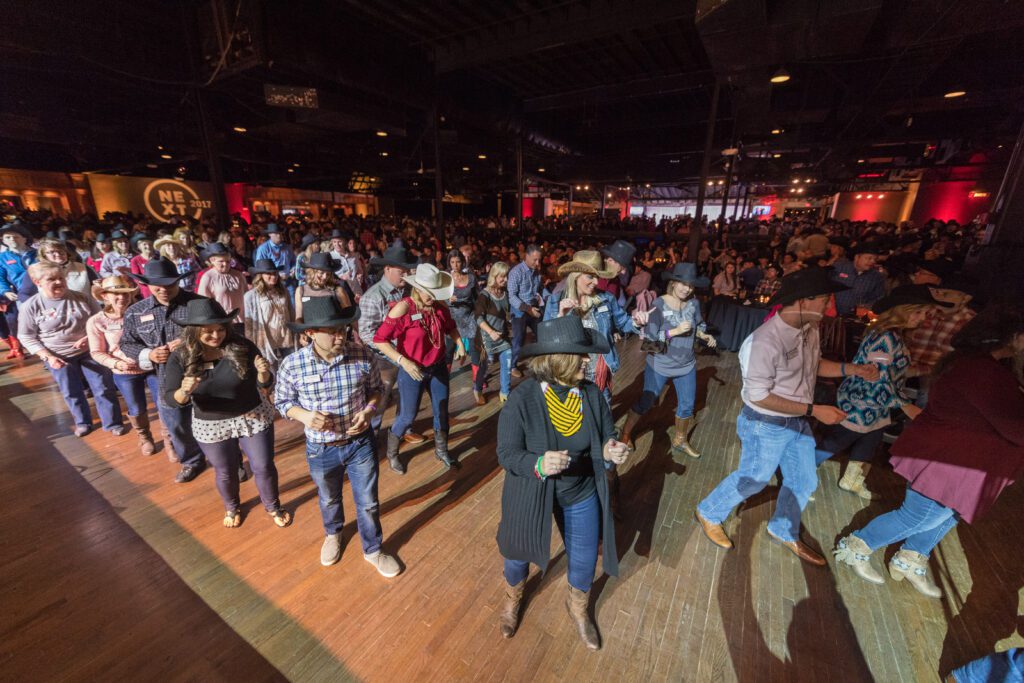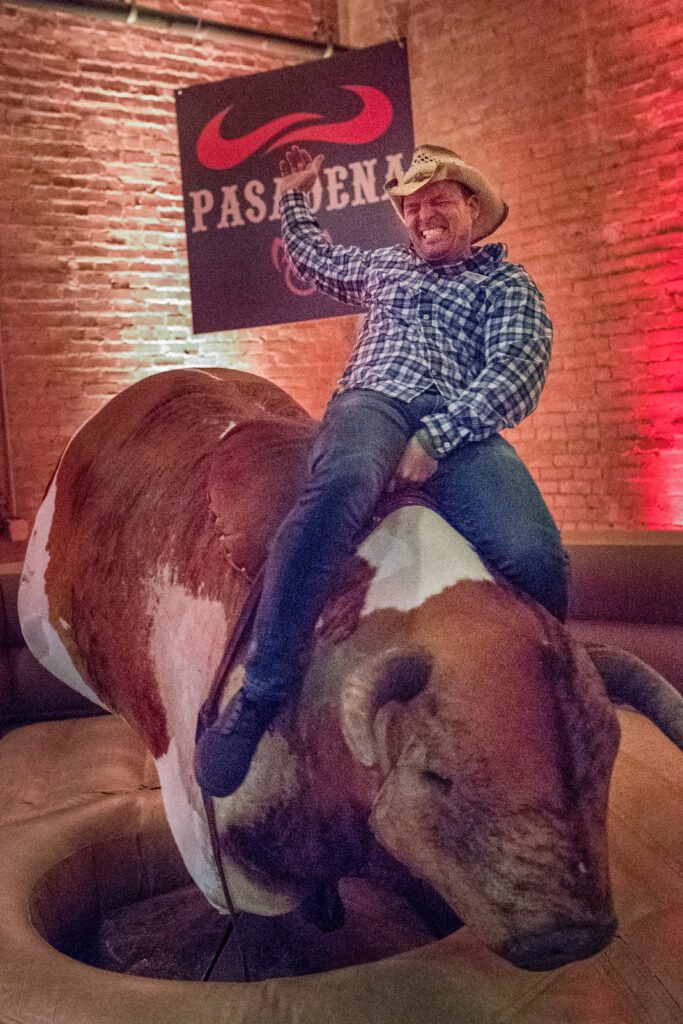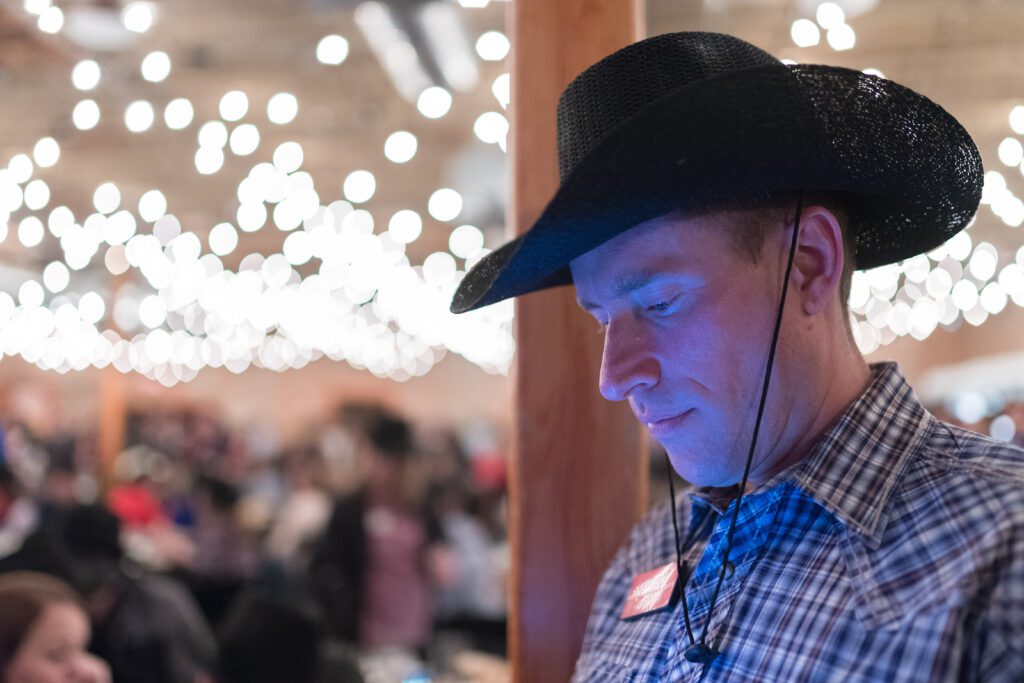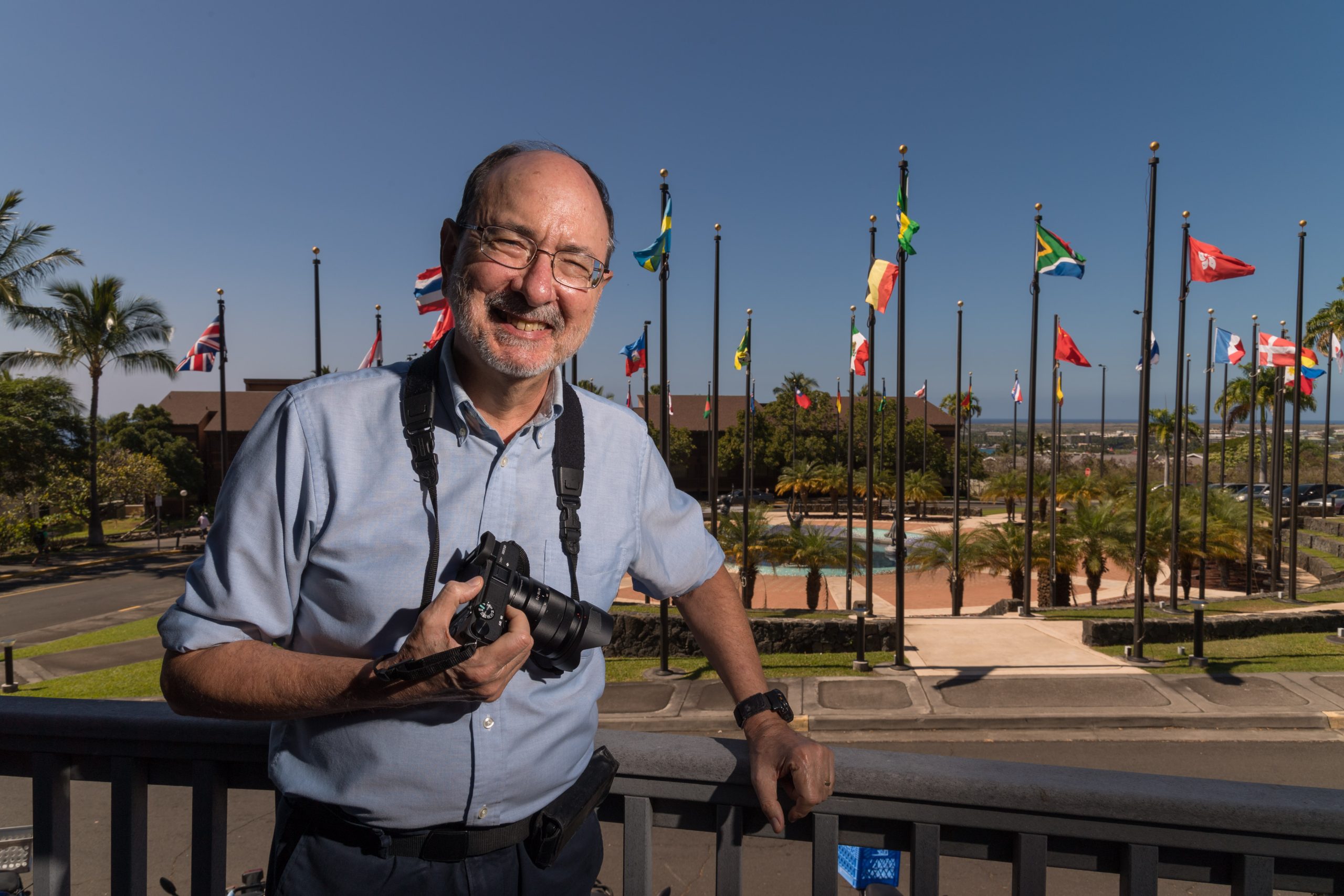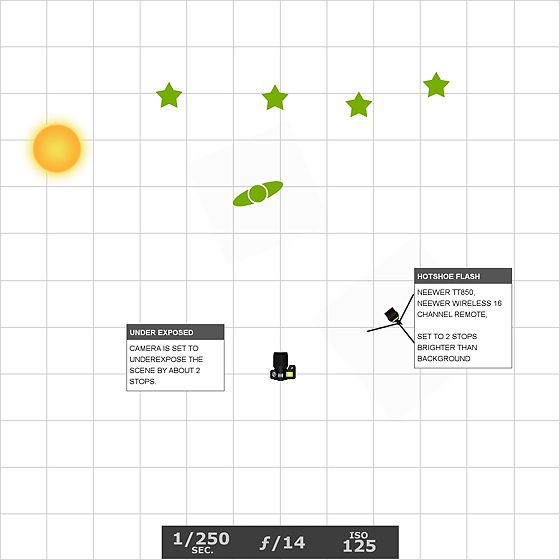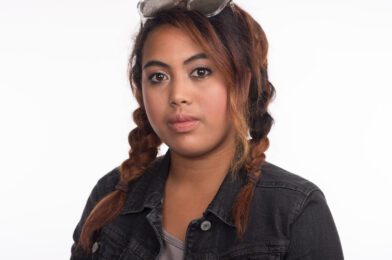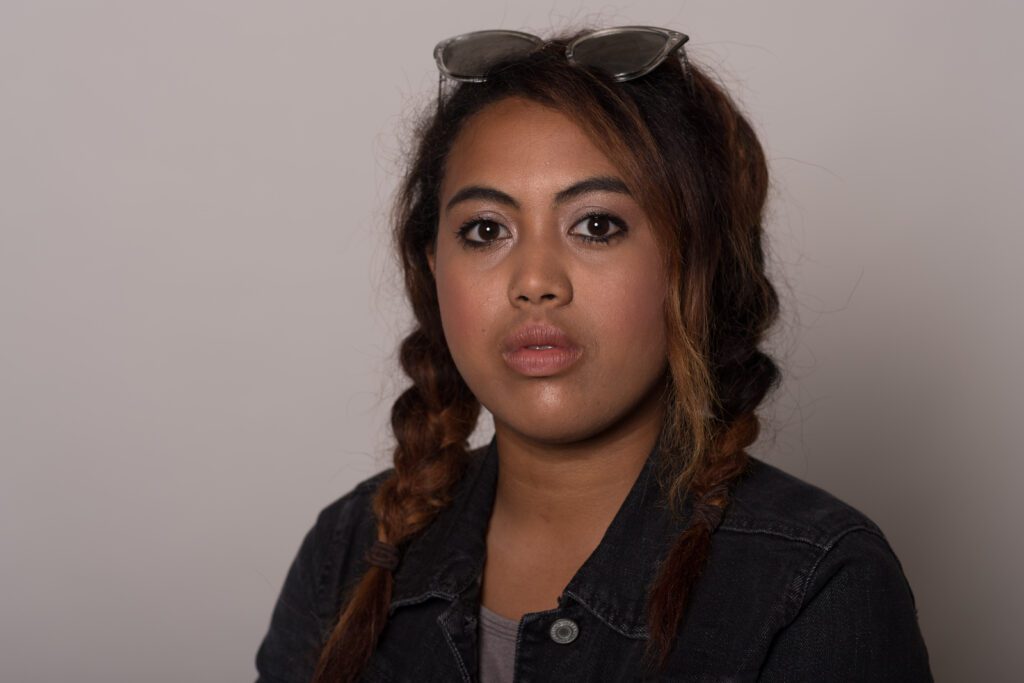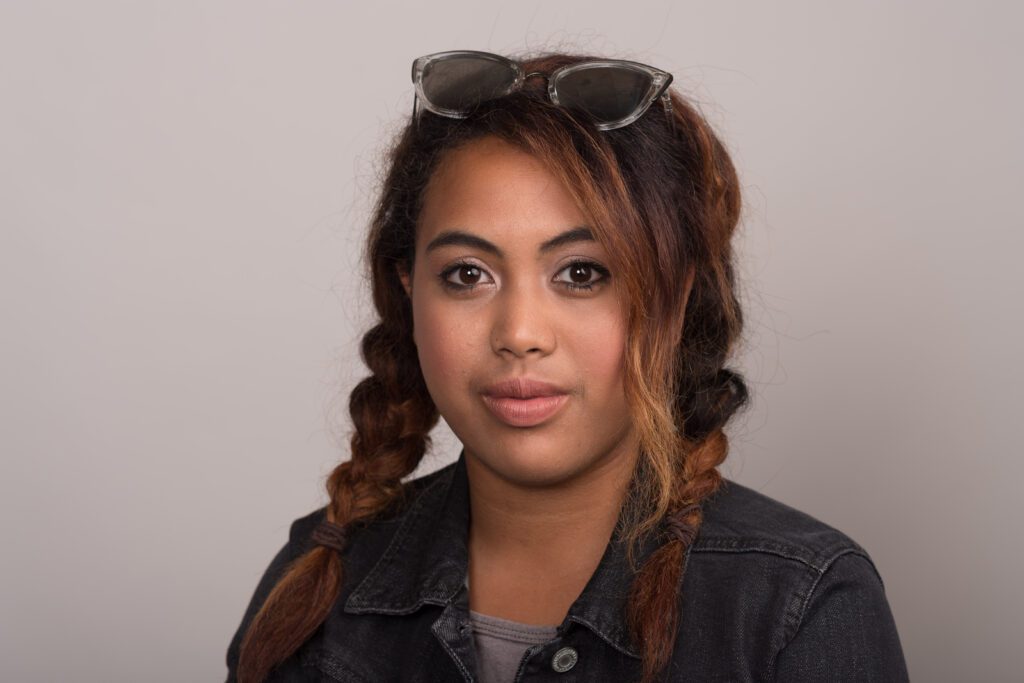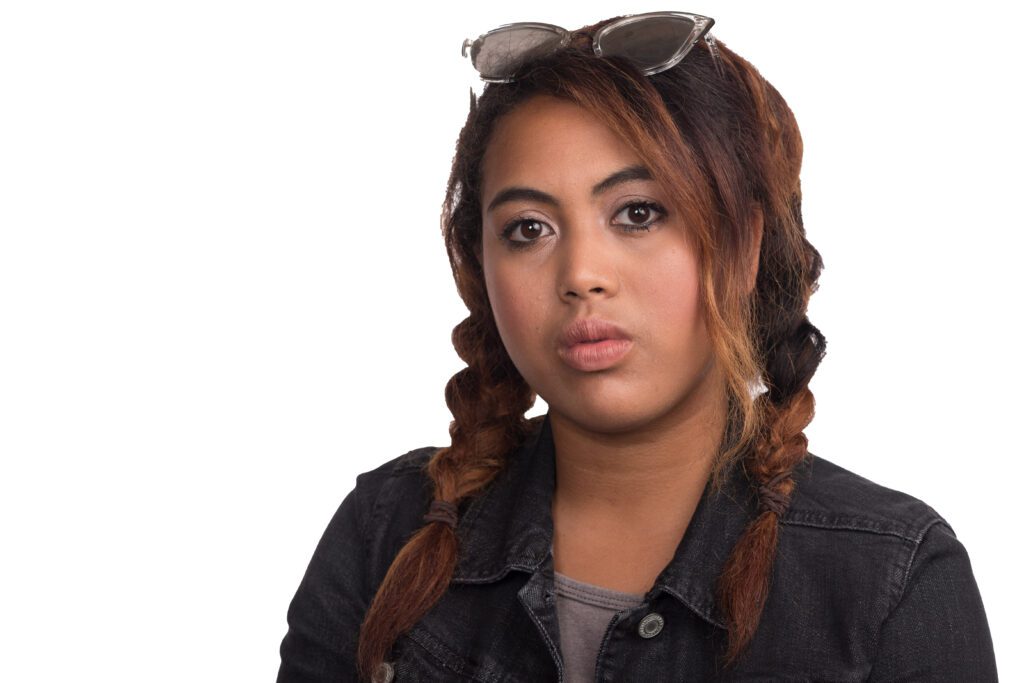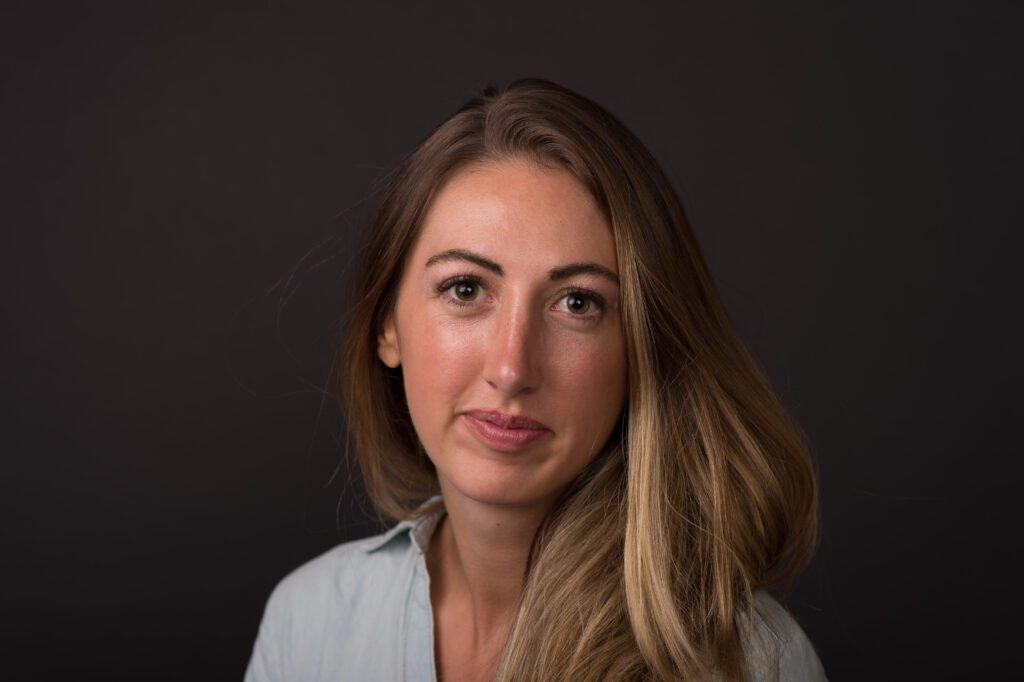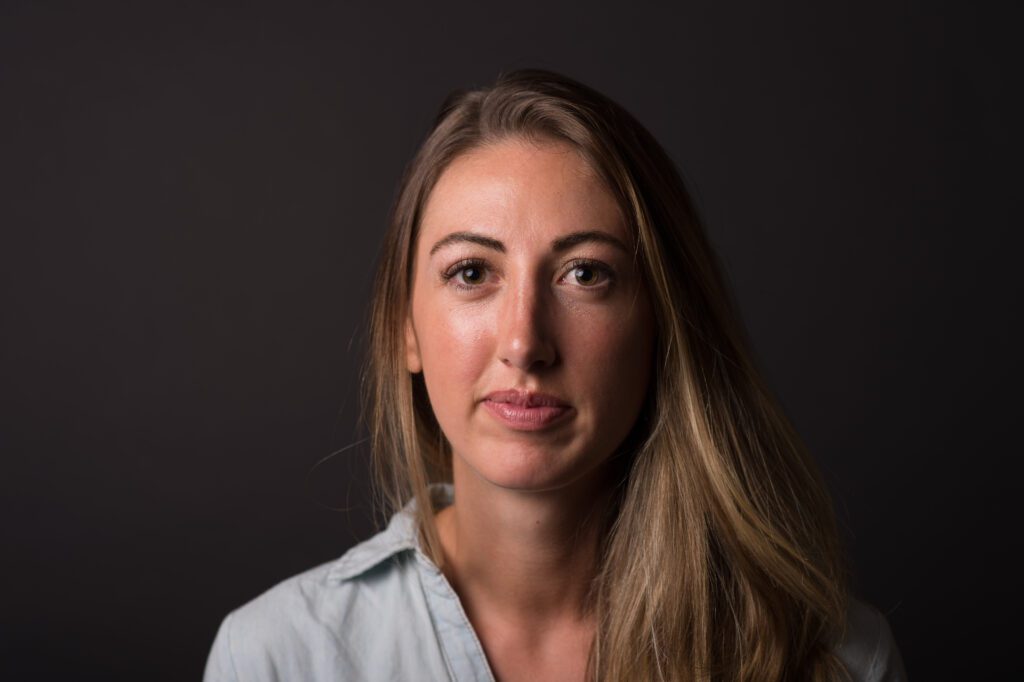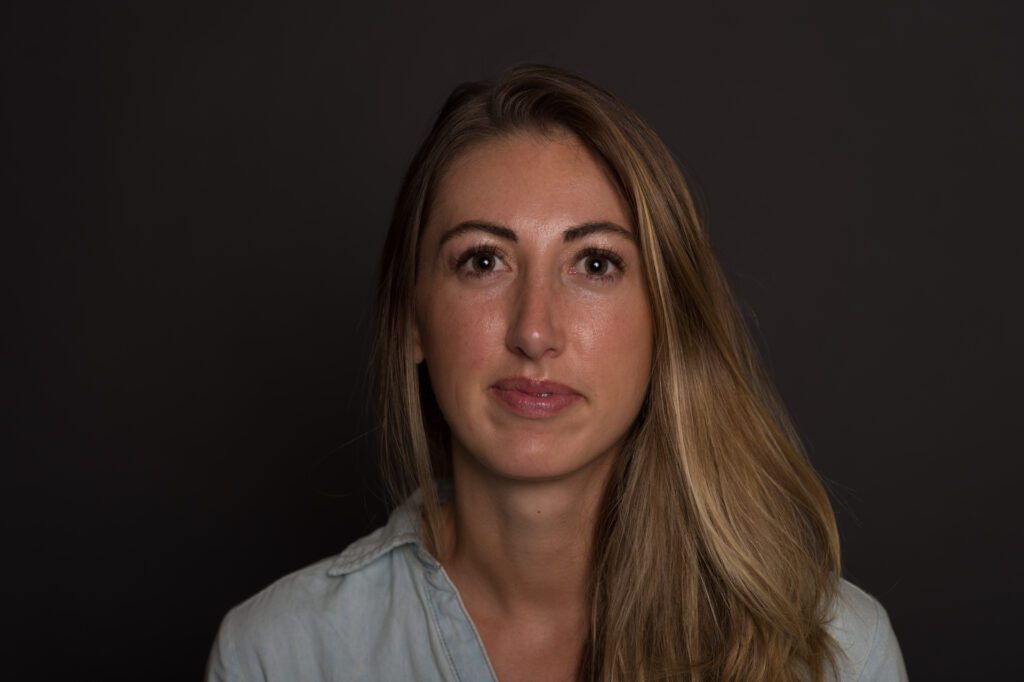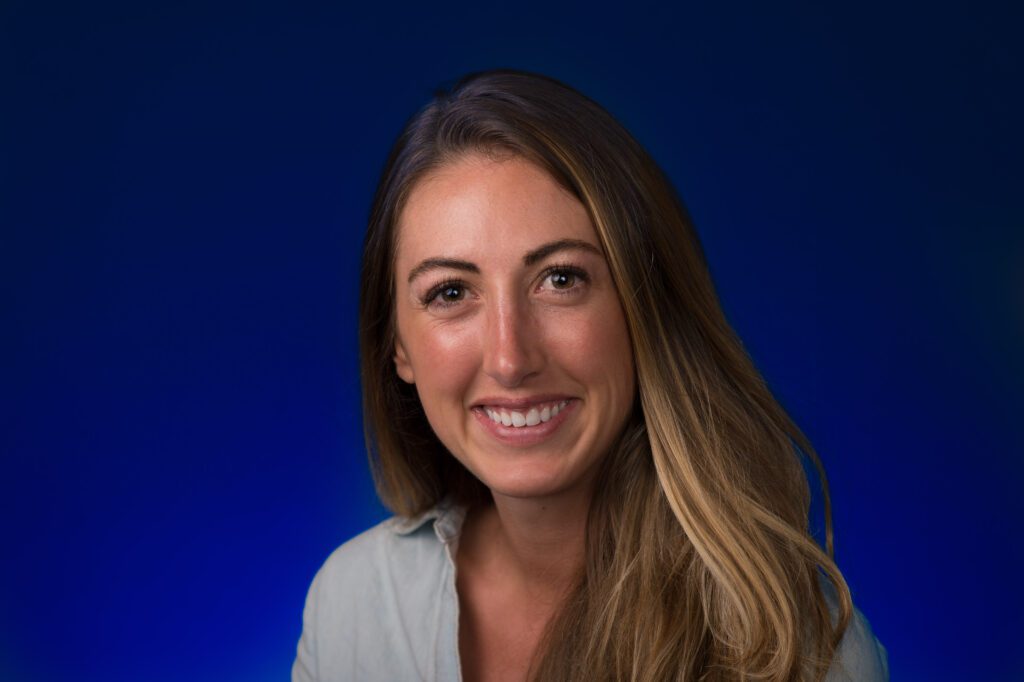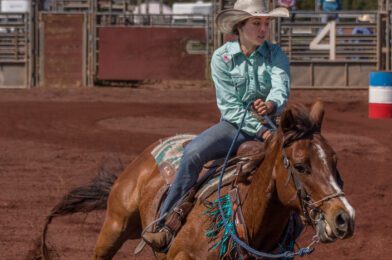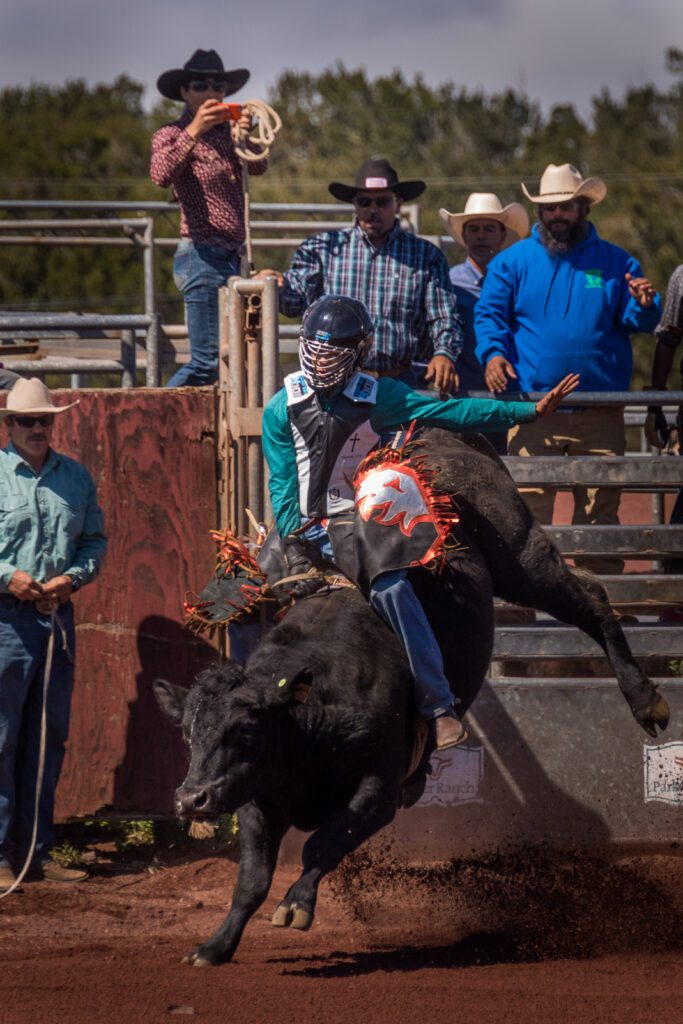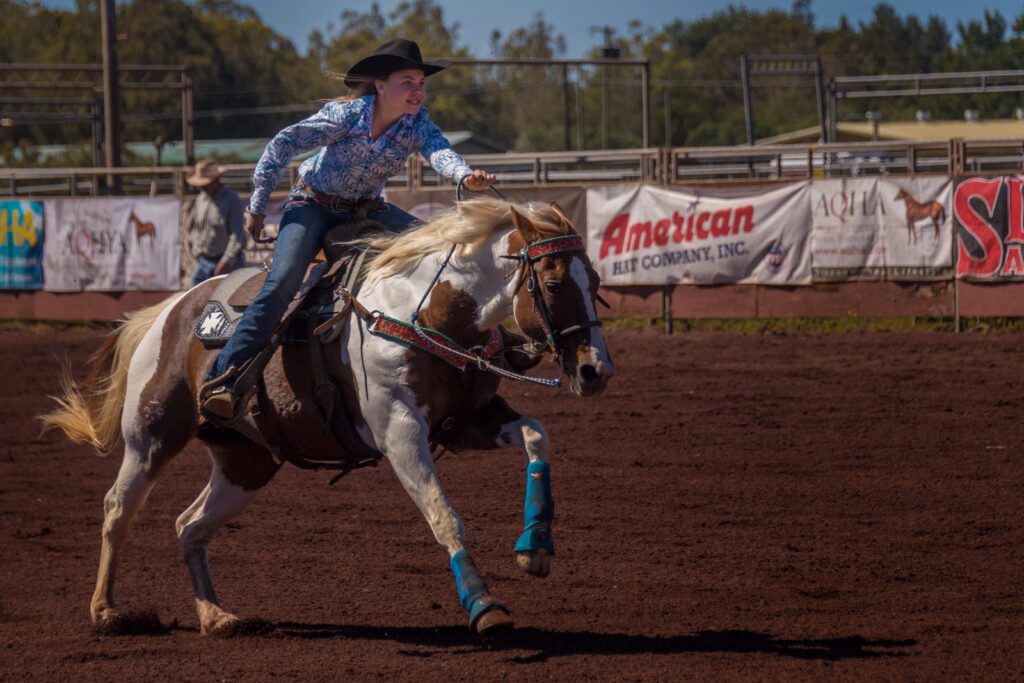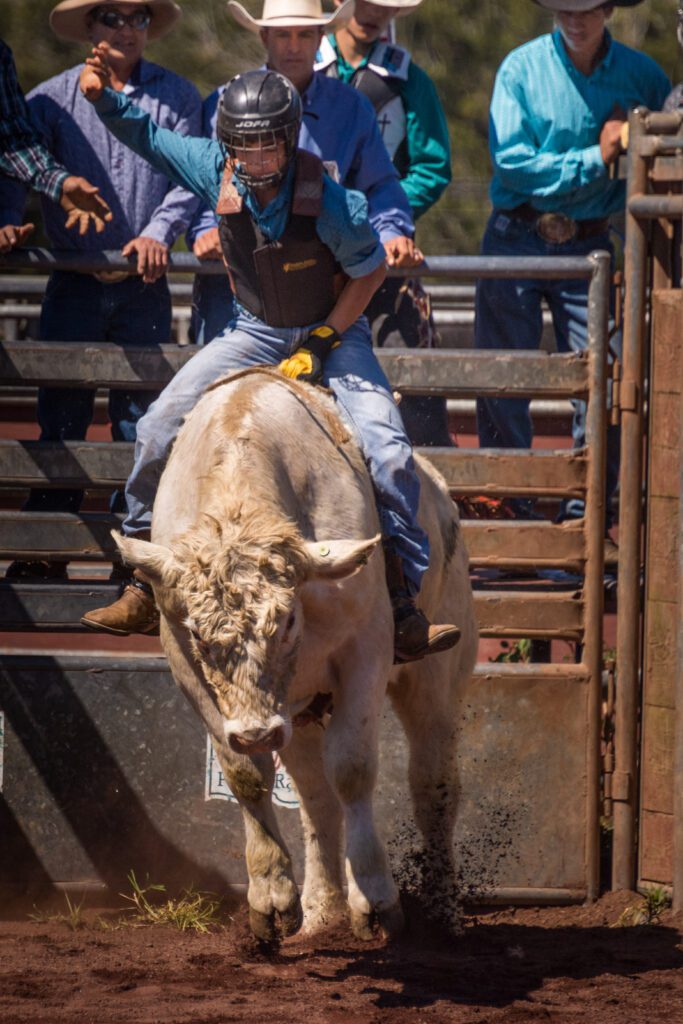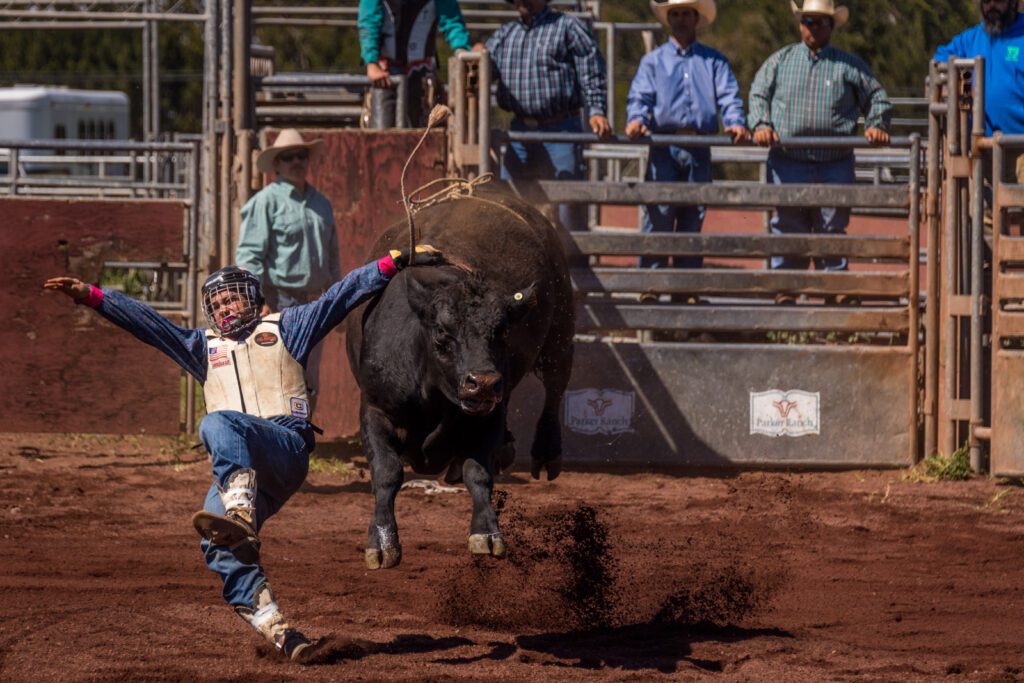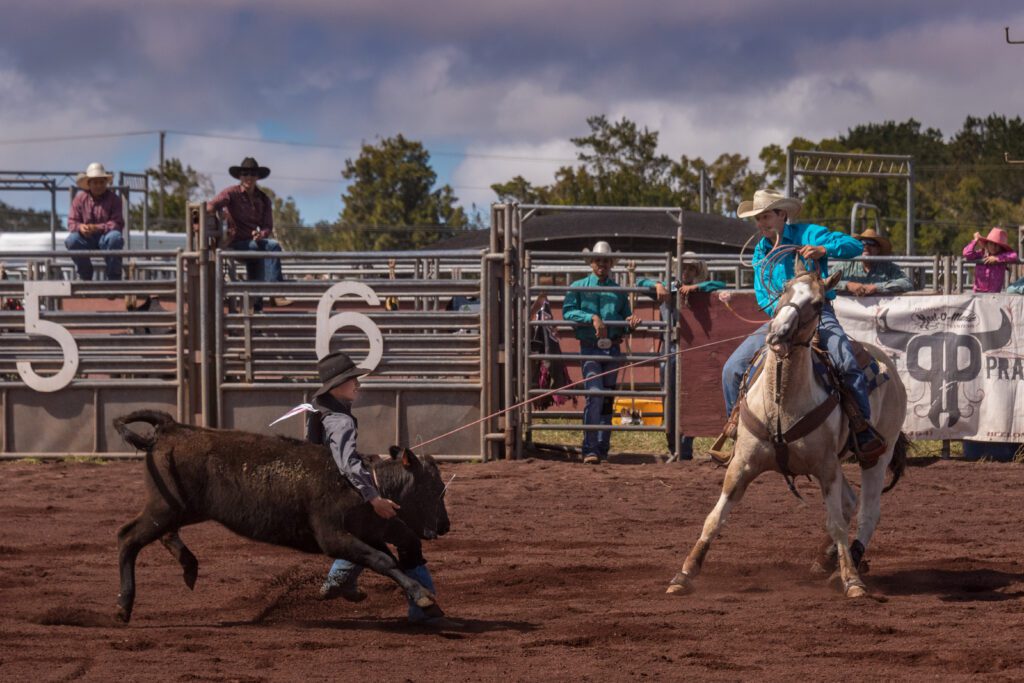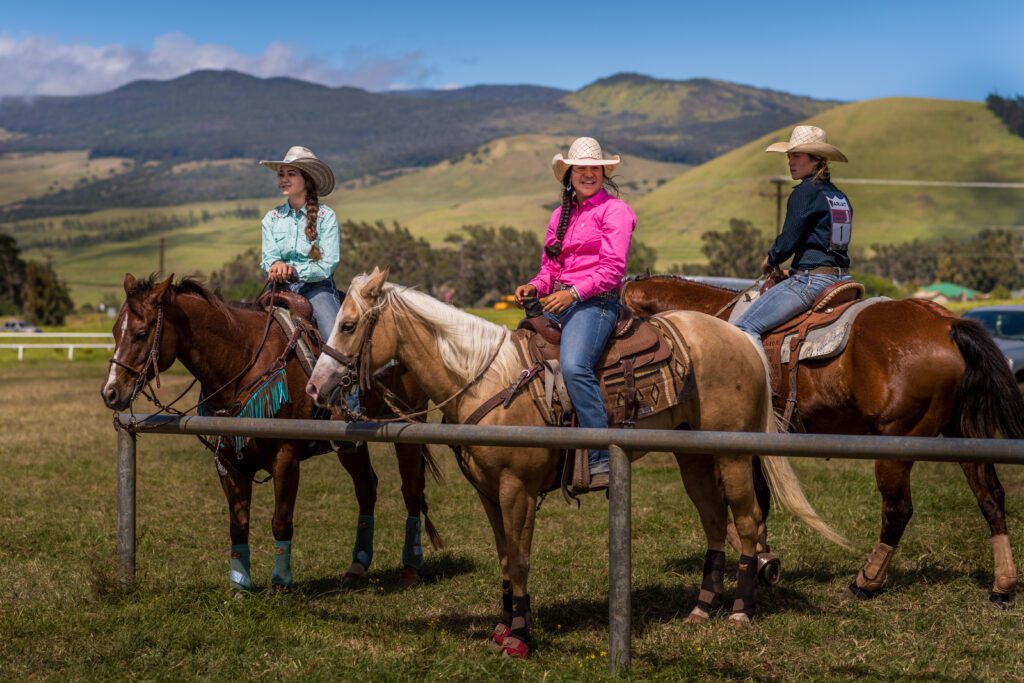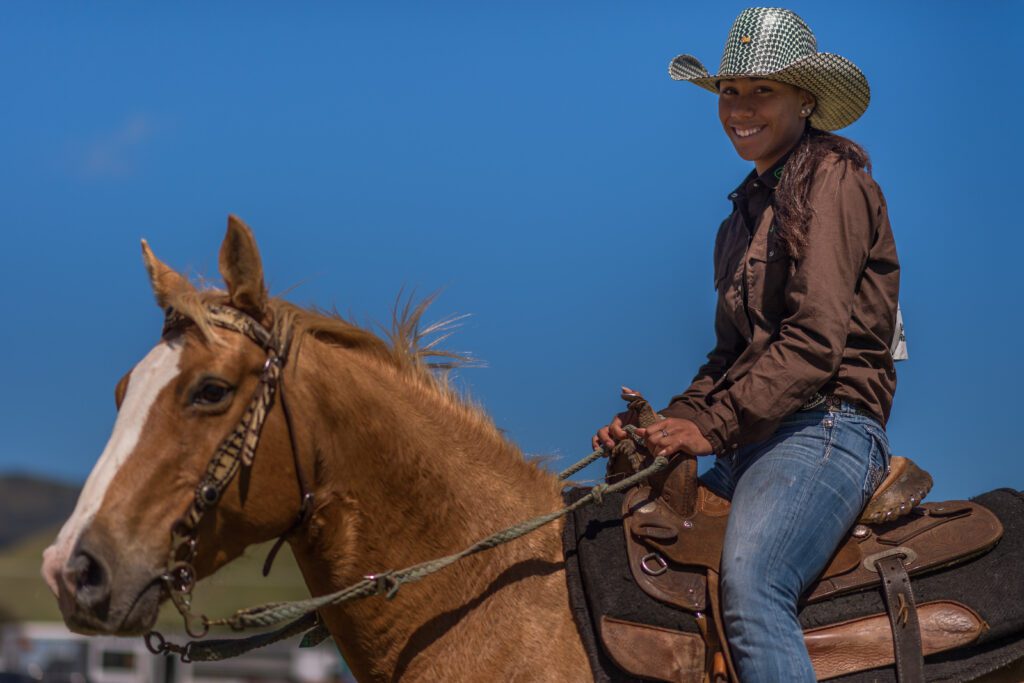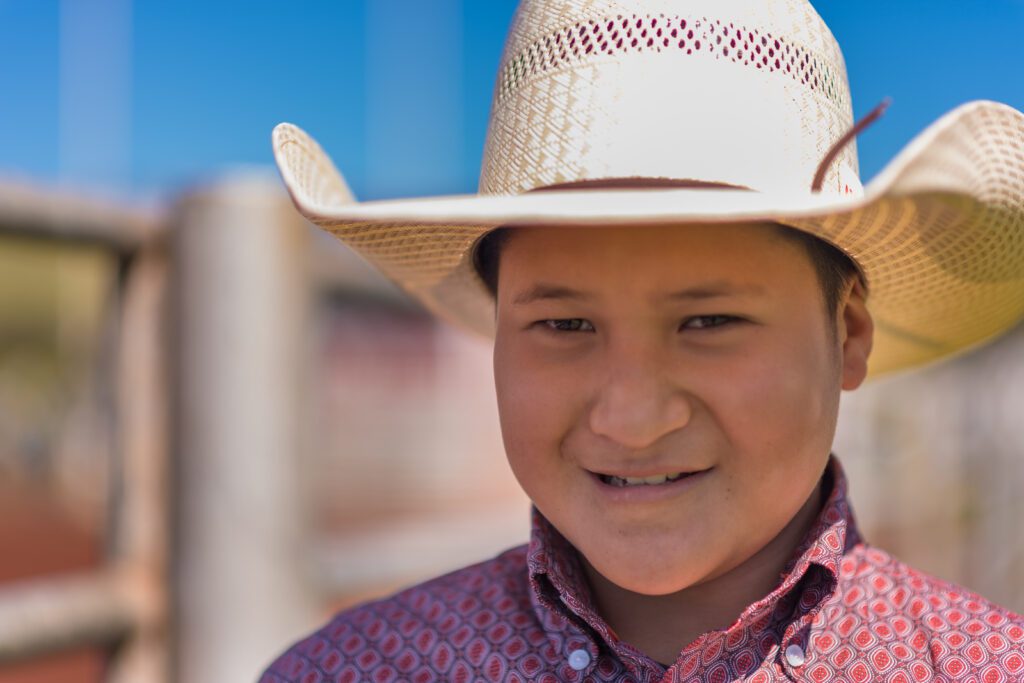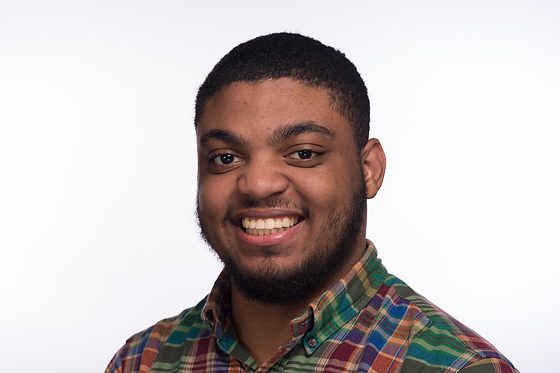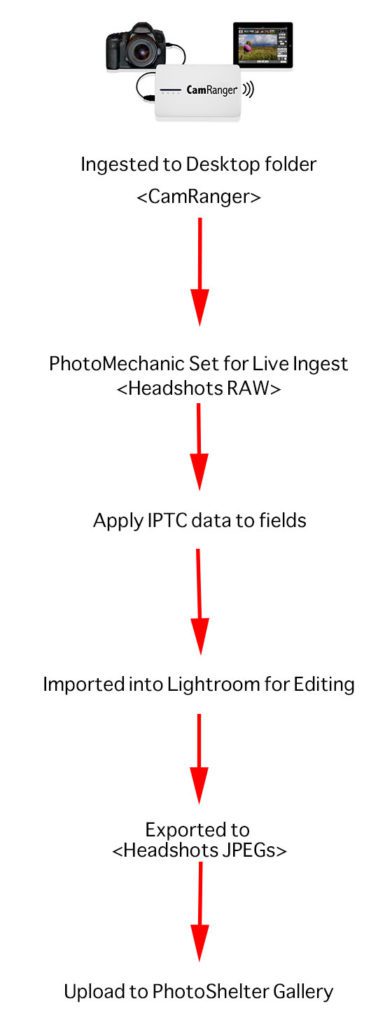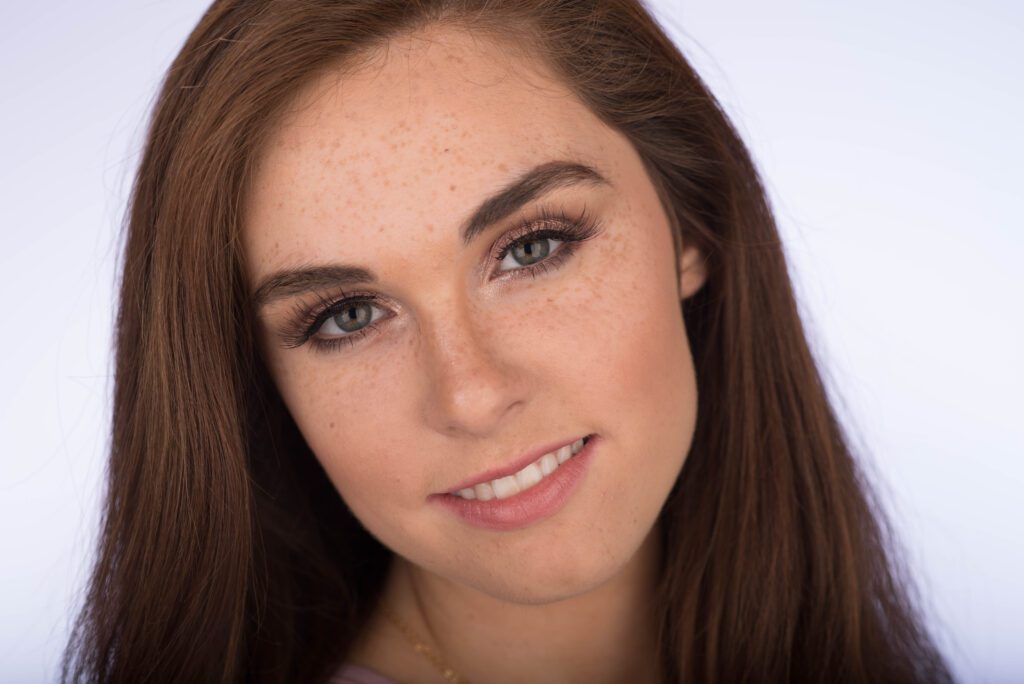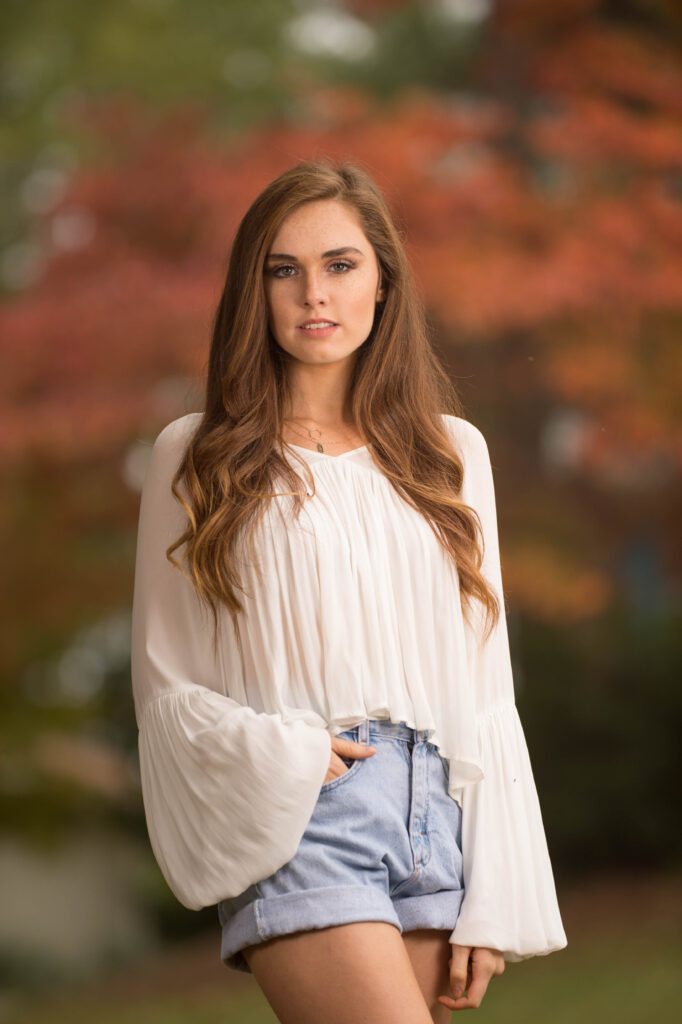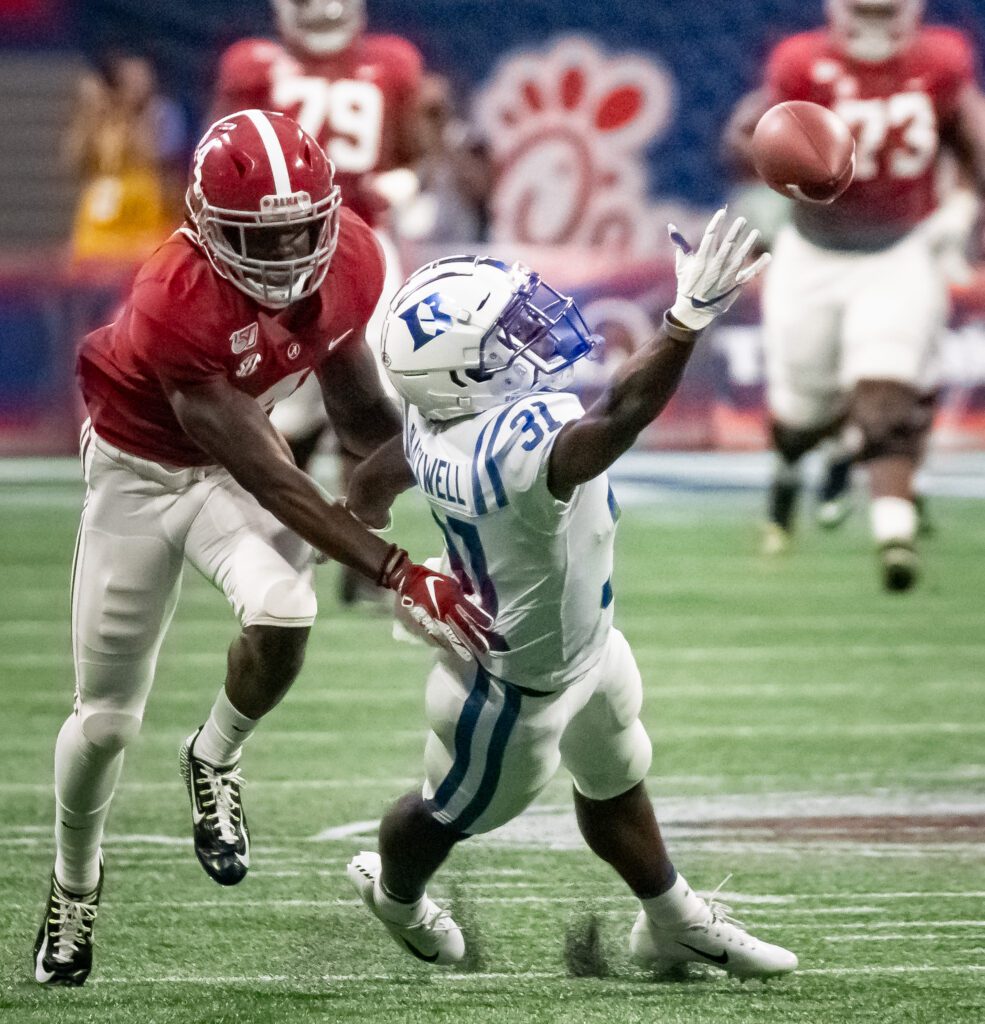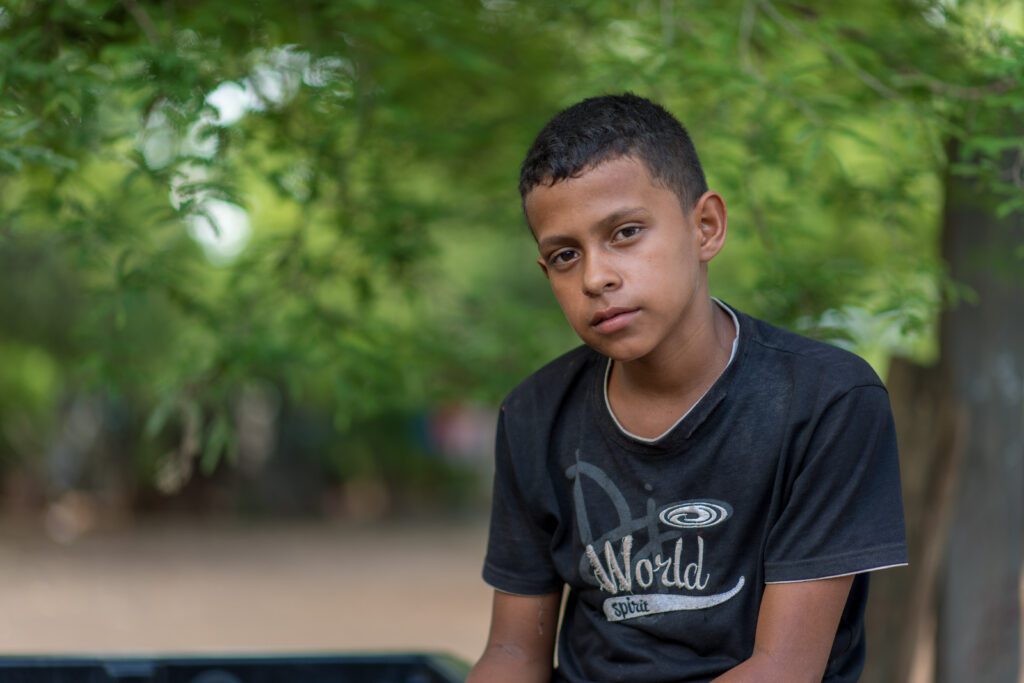| photo by: Dorie Griggs |
You know that God has called you to do photography. You even have a great idea of using photography in a way that others have not thought about doing. It is a great idea.
Does this sound like you? Big, powerful ideas are everywhere, and the vast majority will go nowhere. So keeping your big picture in stealth mode will likely make no difference to your ultimate success.
I realized long ago that people were lining up to talk to my mentor Don Rutledge about becoming a full-time missions photographer. I believe there are even more today wanting to use their photography as a way to serve on the mission field.
They want to use their photography for social justice issues and work with NGOs.
I have been teaching photographers how to make this all happen for years. I wrote one blog post, “How to become a humanitarian or missions photographer,” that continues to be read by those searching for how to make it happen.
While I have outlined the things that you must overcome to become a photographer, there still seems to be what I call the “Frozen Chosen” audience.
While there are a few meanings to “Frozen Chosen,” it refers to Christians who sit still in worship. They are lifeless. I am using it here to refer to those Christians who love listening to inspiring messages but never implement those messages into their lives.
Why people fail to act
I have a few reasons why it is so difficult for people to act.
Analysis paralysis. Many people let questions and doubts paralyze them. They believe they can’t start on a goal until they have all the answers to every “what if” scenario. However, no matter how long and hard you prepare, you will never have all the answers to the questions you ask.
Misunderstanding of Goal Setting. Many think setting goals and objectives is writing a list on paper. Goals are about making fundamental changes in your life. Plans are not about a one-time moment but something that changes you over time.
No Destination. I remember learning how to shoot a basketball. My teachers all said the same thing. You must look at the goal and picture the ball going through the net before you shoot. Your destination needs to be precise – something you can visualize and describe to others. Without such a clear view of what you want in life, you’ll be forever changing course and falling short of your potential.
You are distracted by too many goals. You only have so much time and resources, so you need to limit your efforts to that which will be the most significant Return On your Investment. You need to be focused. Yes, you can have more than one goal, but do your best to put your effort on one at a time. Once you accomplish it, move on to the next one.
Don’t seek help. Too many people do not understand that the things we desire most usually will require stuff we do not have to attain. We need mentors, coaches, and teachers to help us on our journey. Just like we often go to a bank to get a loan to buy things like a car or house, we go to people to get their help to achieve our goals.
https://www.youtube.com/watch?v=JZzZERmk05o
Boils down to Execution
I love this clip from Indian Jones where he must take that “Leaf of Faith” to achieve his goal.
Are you expecting the following steps to have no risk? Maybe that is your problem.
You see, there are usually two things that keep us from achieving our goals: 1) Time & 2) Money.
If you have the time and the money to make your dream a reality, then there is no need for a “Leap of Faith.” It is a no-brainer.
I believe God calls those without the resources to make it happen because he needs you to take that “Leap of Faith.”
Why would God call you to do something and not give you the Time and Money to execute it? Because then you could take all the glory.
Without God, I know I wouldn’t be doing this as a career. I know because I cannot explain any of my success as to my abilities. I was born with autism. I have Asperger’s Syndrome.
Autism – a mental condition present from early childhood, characterized by difficulty communicating and forming relationships with other people and using language and abstract concepts.
I cannot believe that God called me, a person with a communications deficiency, to be a professional communicator. I can attest that it has been an arduous journey, but I can also say God made it happen.
Will you take that “Leap of Faith” today?



